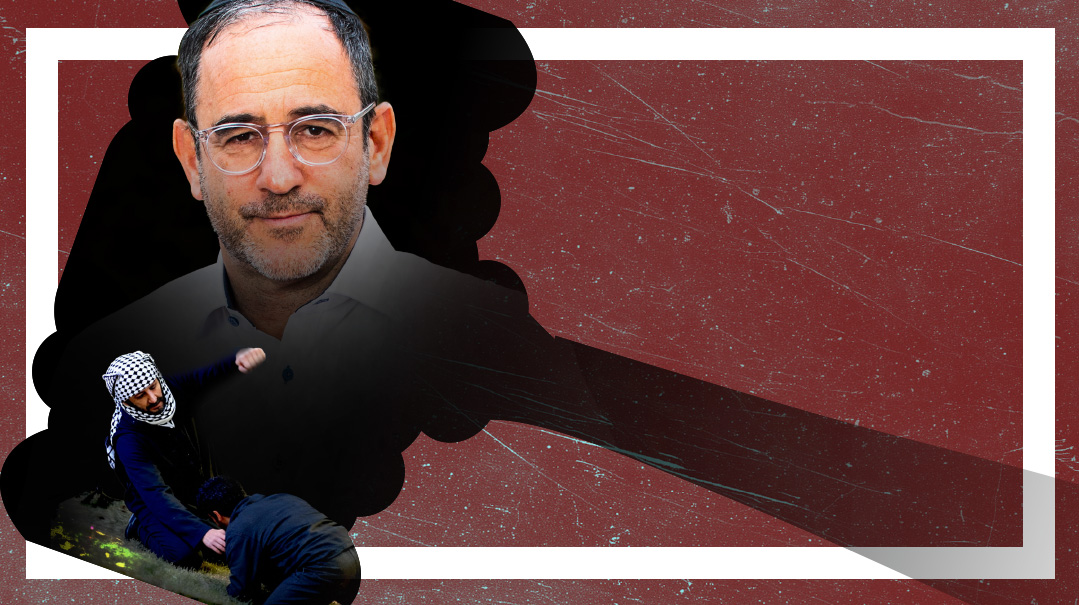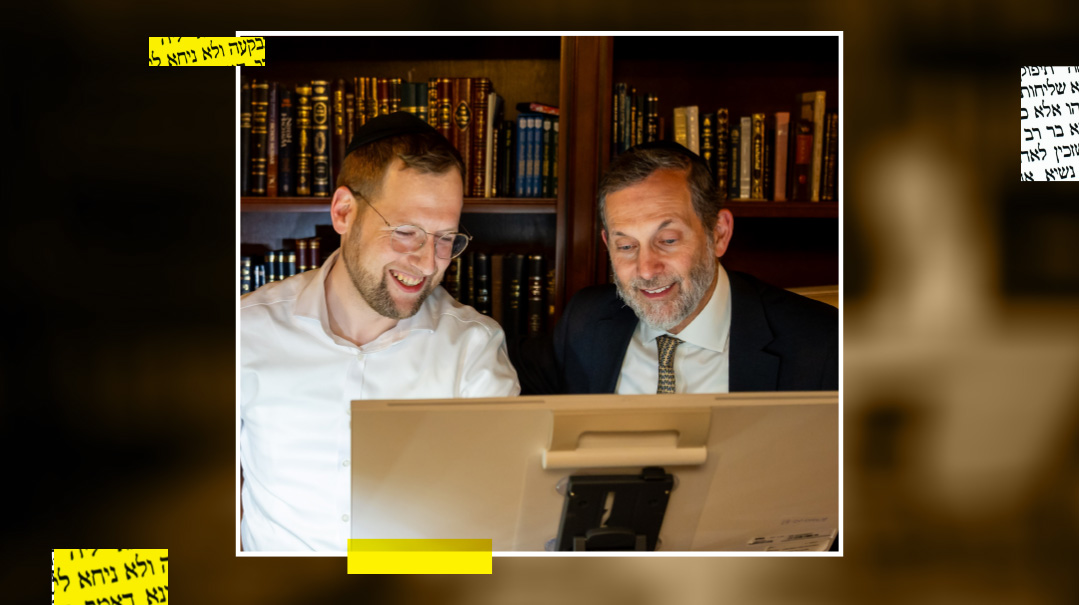Eliminated
| October 13, 2024The Mossad's most daring cloak-and-dagger operations

Photos: GPO
Faced with innumerable threats to Israel’s safety, the Mossad has long reacted by targeting terrorist leaders. A look at the institution’s founding and some of its most famous operations
In late July 2024, Hamas chief Ismail Haniyeh arrived in Tehran as a personal guest of newly elected president Masoud Pezeshkian and was hosted in the west wing of the president’s five-story guest house. In the early hours of Wednesday morning, July 31, a massive explosion shattered windows and collapsed the wall of Haniyeh’s suite, killing him and his bodyguard.
Haniyeh’s assassination has been attributed to the Mossad, a claim that Israel has neither acknowledged nor denied, as per official policy.
But targeted assassinations is a strategy long relied on by the State of Israel to remove the heads of the snake, the terrorist leaders dedicated to its destruction.
1949: “We have no choice. We must win or we will not exist.” —Yigal Allon, IDF general
The Founding of the Mossad and Early Missions
At 4 p.m. on Friday, May 14, 1948, in a ceremony attended by 250 guests at the Tel Aviv Museum on Rothschild Boulevard, David Ben-Gurion read the Declaration of the Establishment of the State of Israel.
That very evening, sirens pierced the air of Tel Aviv as Egyptian warplanes swooped in and began bombing the city. By morning, the newly formed state had been invaded by seven Arab armies. Over the next ten months, the state would fight the War of Independence, culminating in a hard-earned victory.
Realizing that a sophisticated intelligence network was needed to win the war, on June 7, 1948, Ben-Gurion summoned two former Haganah officers, Reuven Shiloach and Isser Be’eri, who’d been involved with Shai, the pre-state intelligence apparatus. Together, they formed three crucial intelligence agencies: AMAN, the military intelligence arm of the IDF; Shin Bet, responsible for internal security; and the Political Department, tasked with foreign espionage.
Ben-Gurion had been a voice of moderation in the pre-state Haganah he’d headed, speaking out against the more radical actions of the right-wing underground groups, the Lehi and the Irgun, who favored targeted assassinations against high-profile British figures and attacks against British military personnel and infrastructure.
After becoming prime minister, Ben-Gurion immediately outlawed both the Lehi and Irgun, ordering the arrest of the ringleaders. But he was intent on ensuring that no threat to Israel’s security was left unopposed and switched his focus to a strong army and intelligence community rather than diplomacy. In December 1949, Ben-Gurion ordered that the Political Department be placed under his direct command, and gave it a new name: the Institute for Intelligence and Special Operations, or, as it became known: the Mossad.
While AMAN and the Shin Bet were responsible for internal intelligence and counterespionage, the Mossad would be responsible for covert operations beyond the country’s borders. In 1952, Isser Harel, already in charge of the Shin Bet, was installed as the chief of the Mossad, but all the agencies were kept directly under Ben-Gurion’s control.
The existence of Israel’s intelligence network was a closely guarded secret, and even mentioning the name “Mossad” in public was prohibited until the 1960s.
The scope of Mossad activities was vast. Their job included, according to official orders, “secret collection of information beyond the country’s borders; carrying out special operations outside Israel; thwarting the development and acquisition of unconventional weapons by hostile states,” among other activities.
While Ben-Gurion initially forbade employing any former members of the Irgun and Lehi in government departments, it soon became clear just how threatened Israel’s existence was. Intent on dealing with the threat of specific Arab leaders, in 1955, Harel decided to establish a special unit to carry out sabotage and targeted killing missions. He needed “trained fighters, tough and loyal, who would not hesitate to squeeze the trigger when necessary” and he found his men in the former members of the Irgun and Lehi, who were invited to Harel’s home and sworn into the Mossad.
The 1950s were marked by continuous infiltration by Arab militants, known as fedayeen, from the Gaza Strip and the West Bank. Between 1951 and 1955, around 1,000 civilians were killed by the fedayeen. The Egyptians soon realized they could use the fedayeen to wage a proxy war against Israel. Mustafa Hafez, a young mustachioed captain in military intelligence, was appointed to organize these fighters.
The Mossad set its sights on Mustafa. Natan Rotberg, one of the Mossad’s early members and an explosives expert, devised the plan. In his lab, he mixed TNT with other chemicals to create a lethal blend. He then hollowed out a thick book and filled it with 300 grams of explosives. Disguised as an Israeli codebook, the trap was handed to a young Gaza double agent, who was tasked with delivering it to Hafez.
On July 11, 1956, the agent went straight to the Egyptian military intelligence headquarters in Gaza and handed the package to Hafez. Hafez opened the book, and it blew up in his face. Mortally wounded, Hafez shouted, “You beat me, you dogs,” as he lay moaning on the floor.
The same day, Salah Mustafa, another key figure in the fedayeen movement in the West Bank, received a package in the mail: a copy of Achtung Panzer, a famous book by a German military strategist. Unaware of Hafez’s assassination, Mustafa opened the package, triggering a similar explosion that fatally injured him.
In 1956, when Soviet leader Nikita Khrushchev gave a secret speech to the Communist Party Congress, every spy group in the Western world was anxious to get hold of a copy of the speech’s text, but none could penetrate the Soviet Union’s veil of secrecy.
It was the Mossad who succeeded, handing a copy to the CIA.
“Armed struggle is the only way to liberate Palestine” —PLO Charter
Oops! We could not locate your form.







